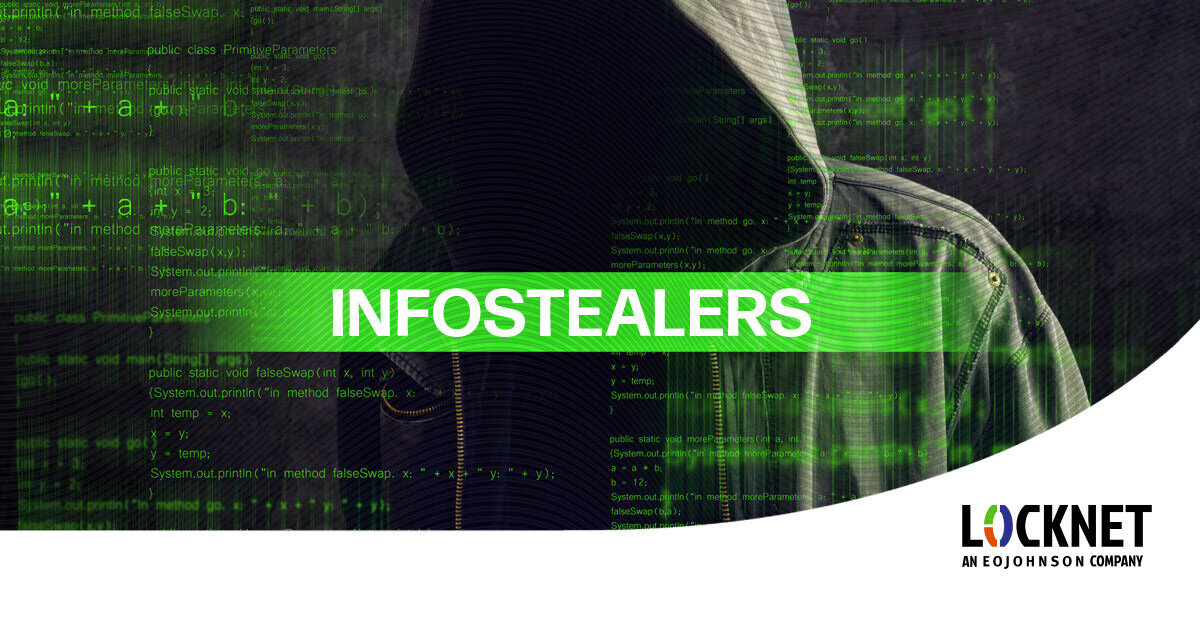Industries We Serve
World Class IT Support & Service
Real People. Right Now.
About Locknet® IT Services
From the first hello, the Locknet® team is dedicated to serving you and your needs.
Real People. Right Now.
From the first hello, the Locknet® team is dedicated to serving you and your needs.


Businesses face a plethora of cyber threats that can jeopardize their sensitive data and operational integrity. Among these threats, infostealers, a type of malware designed to collect and transmit sensitive information, have emerged as a significant threat. Infostealers aren’t new, but they are a growing concern.
Unlike ransomware, where information is locked and held hostage for payment, infostealer attacks happen covertly. The growth in this type of cyber-attack has been driven by the explosion in connected devices coupled with the ease of trading information on the dark web. In this blog, we hope to educate businesses about infostealers, the risks they pose, and the measures businesses can take to protect themselves.
Infostealers are a category of malware specifically engineered to infiltrate systems and extract sensitive information. This information can range from login credentials and financial data to personal identification details and proprietary business information. The information is then published and sold on the dark web.
Infostealers employ a variety of techniques to infiltrate systems and extract data. Common methods include:
Once installed, infostealers use techniques such as keylogging (recording keystrokes), form grabbing (capturing data entered into web forms), and memory scraping (extracting data stored in the system’s memory) to gather information.
It’s less about sophisticated technical capabilities and more about their role in the malicious hacker ecosystem. Unlike other malware used in targeted breaches, infostealer malware is spread widely and indiscriminately. The stolen data is then transmitted to a server controlled by the attacker. Then the infostealer or their customers on the dark web sort through the massive amount of data for valuable tokens or credentials.
The impact of an infostealer malware infection can be devastating for businesses. Here are some of the key risks:
In short, the stakes are high. Infostealer malware threatens not just operational continuity but the very foundation of your organization.
Given the significant risks posed by infostealers, it is crucial for businesses to implement robust cybersecurity measures. Here are some best practices:
Given the complexity of cyber threats like infostealers, partnering with cybersecurity experts can provide an added layer of protection. Managed Security Service Providers (MSSPs) offer comprehensive security solutions, including threat monitoring, incident response, and vulnerability management, tailored to the specific needs of businesses.
In addition to being a managed IT provider, Locknet is a Managed Security Service Provider. We have a team of cybersecurity experts, stay abreast of the latest cybersecurity threats for you, and offer a robust assortment of tools and strategies to protect your business. Contact us to learn more.
Cybersecurity

Onalaska, WI Waterloo, IA Wausau, WI Eau Claire, WI Burnsville, MN
You are now leaving locknetmanagedit.com. Please check the privacy policy of the site you are visiting.